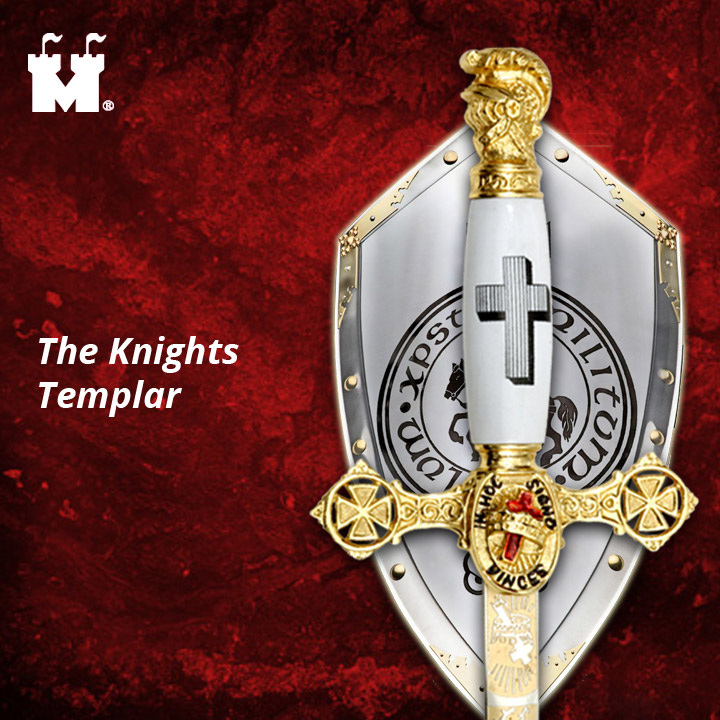
The Dark history of the Knights Templar, the medieval Christian military order is forbidden stuff fiercely guarded by the Vatican for 700 years, steeped in heresy and sexual misconduct.
The Order was disbanded very suddenly by King Philip IV of France, who took action against the Templars reportedly in order to avoid repaying his own financial debts. The Templars, whose full name was "Poor Fellow-Soldiers of Christ and of the Temple of Solomon", were founded in 1119 by knights sworn to protect Christian pilgrims visiting the Holy Land after the Crusaders captured Jerusalem in 1099.
The Knights have also been portrayed as guardians of the legendary Holy Grail, the cup used by Christ at the Last Supper before his crucifixion.
In modern works, the Templars generally are portrayed as misguided zealots, representatives of an evil secret society, or as the keepers of a long-lost treasure. Several modern organizations also claim heritage from the medieval Templars, as a way of enhancing their own image or mystique.
Malcolm Charles Barber, a British scholar of medieval history, widely recognized as the world's leading living expert on the Knights Templar, has spoken about a supposed curse uttered by the last Grand Master of the Templar Order, Jacques de Molay, who was burned at the stake in 1314. He is known to have cursed Philip IV of France and Pope Clement V, saying that he would meet them before God before the year was out. In a curious turn of events, Pope Clement died only a month later, and King Philip died later that year in a hunting accident.
Non Nobis, Domine, Non Nobis, Sed Nomini Tuo Da Glorium Amongst the most ensuring symbols of this legendary order is its magnificent Masonic Knights Templar sword, with these iconic words engraved on the blade -Nothing for us, Lord, nothing for us but for the glory of thy name (The creed of the Knights Templar). Named The Accolade, this sword was worthy of the Grand Master to knight a loyal member into this holy order and is today most sought after by any historian of fraternities, knights or swords. Reproductions from the original carry intricate carvings, and solid metal fittings plated in 24k gleaming gold along with red enamel inlay. Fascinating symbols from the knightly helmet pommel to the Maltese cross and Cross of Life (cross in crown) cross guard, are carefully reproduced to honor the original intention and context of use.
It is often bought by collectors in conjunction with the Templar Ring which carries the Seal of the Knights Templar with their famous image of two knights on a single horse, a symbol of their early poverty. The text is in Greek and Latin characters - Sigillum Militum Xpisti - followed by a cross, which means “the Seal of the Soldiers of Christ”. One side has a Maltese cross, while the other has an image of a temple. The ring has a polished nickel finish with black enameling and comes with a padded jewelry box. The accompanying Knights Templar Shield depicts the seal of the Templars, a horse ridden by two riders. Yet another popular Knights Templar collectibles is the Royal Seal of the Crusades. This first series at Museum Replicas, is expertly made by Marto of Spain and is based on the ones used during the Third Crusades.



